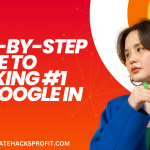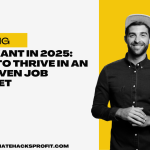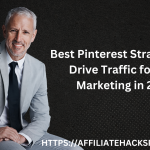Welcome to my article “Top 5 Ways To Use Data Science In Marketing (Complete Guide)”. In today’s digital world, marketing without data is like trying to bake a cake without a recipe — you might get something edible, but it probably won’t be great! Enter data science, the not-so-secret ingredient that helps marketers make smarter, more informed decisions. From understanding customer behavior to predicting future trends, data science is changing the game and helping marketers cook up campaigns that actually convert.
But how exactly can data science be used to supercharge your marketing efforts? In this guide, we’ll walk you through the top 5 ways data science can revolutionize your strategy. Whether you’re looking to fine-tune your customer segmentation or optimize your campaigns with A/B testing, this guide will give you the scoop on how to turn raw data into marketing magic. So, grab your notepad (and maybe a snack), because you’re about to dive into the science behind smarter marketing!
Steve is Making $20K+ monthly – Discover the EXACT SAME Secrets to Make $5,000-$10,000 Monthly >>>
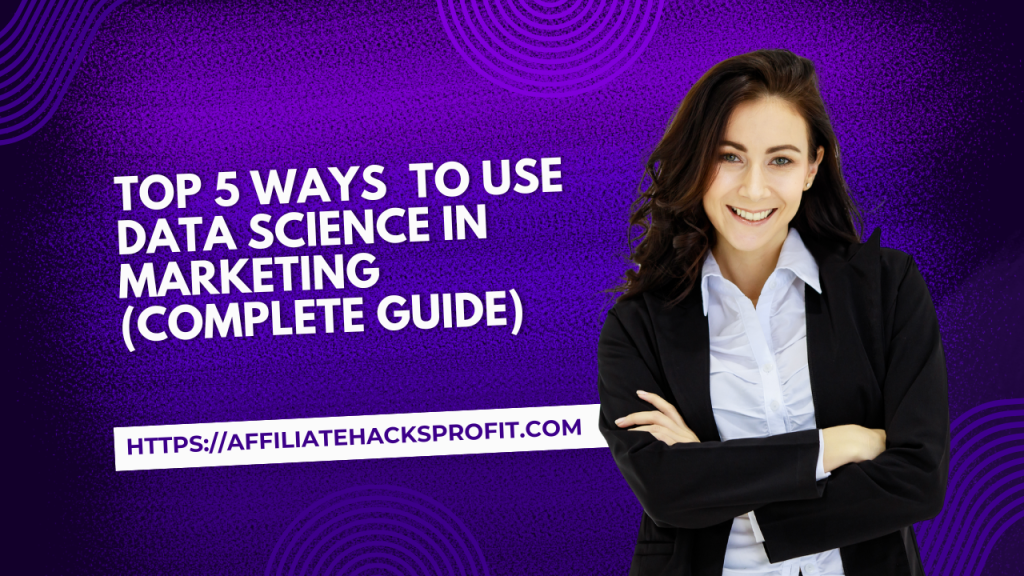
Customer Segmentation and Targeting
Ever tried to sell a steak to a vegetarian? Exactly. That’s why customer segmentation and targeting are so crucial in marketing. Instead of throwing your marketing dollars at anyone with an internet connection, data science helps you focus on the people who are actually interested in what you’re offering — and more likely to hit that “Buy Now” button.
By analyzing customer data, you can break your audience into distinct groups based on demographics, behavior, purchase history, and even interests. This is where data science really shines. Using clustering algorithms like K-means or hierarchical clustering (sounds fancy, right?), marketers can identify patterns and trends within large datasets. It’s like creating mini tribes within your audience, each with their own preferences and quirks. Once you know who your audience is and what they want, you can tailor your campaigns to speak directly to their needs — making them feel like your brand just gets them.
The beauty of customer segmentation? It’s all about personalization. Rather than blasting the same message to everyone, you can create personalized marketing strategies for each segment. Whether it’s targeted ads, custom offers, or tailored email campaigns, this level of focus boosts engagement and increases the likelihood of conversion. And let’s face it — it’s always better to talk to someone who’s actually listening.
Predictive Analytics for Customer Behavior
Ever wish you had a crystal ball to predict what your customers will do next? Well, with predictive analytics, you kind of do! It’s like marketing’s very own fortune-teller — but instead of mystical powers, it uses cold, hard data. By analyzing past behavior, machine learning models can forecast future actions, helping you stay one step ahead of your customers (and your competition).
Here’s how it works: predictive analytics sifts through mountains of customer data and spots patterns that humans might miss. Techniques like regression analysis and decision trees help marketers predict everything from how likely someone is to make a purchase to when they might ditch your product for a competitor (cue dramatic exit music). It’s not magic, but it can feel like it when you start making smarter decisions based on these insights.
Steve is Making $20K+ monthly – Discover the EXACT SAME Secrets to Make $5,000-$10,000 Monthly >>>
Imagine knowing which customers are on the verge of churning so you can swoop in with an irresistible offer at just the right moment. Or, predicting which product a customer is most likely to buy next, allowing you to send a personalized recommendation before they even think to look for it. In short, predictive analytics turns customer behavior from a guessing game into a strategic advantage — and who wouldn’t want that
Sentiment Analysis for Brand Monitoring
Ever wish you could read your customers’ minds? Well, sentiment analysis gets pretty close. It’s like your brand’s personal mood ring, constantly measuring how people feel about you. Using data science, marketers can analyze social media posts, customer reviews, and even emails to figure out whether your brand is making people happy, frustrated, or somewhere in between. Basically, sentiment analysis is how you keep your finger on the pulse of public opinion — without refreshing Twitter every five seconds.
Here’s the scoop: by harnessing the power of natural language processing (NLP), sentiment analysis breaks down the emotions behind text. Whether it’s a glowing review full of heart emojis or a salty tweet about a late delivery, sentiment analysis sifts through the noise to give you the bigger picture. It’s like having a team of linguists and psychologists working 24/7 to tell you whether your brand is crushing it or needs a little TLC.
So, why does this matter? Simple: if you know how people feel about your brand, you can respond quickly and strategically. Got a wave of positive feedback? Great, time to ride that momentum with a new campaign. See a dip in sentiment? Time to put out that fire before it spreads. In short, sentiment analysis turns customer emotions into actionable insights — because knowing how your customers feel is half the battle in marketing.
Marketing Campaign Optimization Using A/B Testing
Ever feel like your marketing campaigns are a shot in the dark? Enter A/B testing, the ultimate decision-maker for marketers who can’t afford to rely on guesswork. It’s like a science experiment for your campaigns, but instead of lab coats and test tubes, you’re working with landing pages, ad copy, and email subject lines. The best part? Data science turns this trial-and-error process into a streamlined method for finding out what actually works.
Here’s the deal: A/B testing splits your audience into two (or more) groups, each seeing a different version of your campaign. Think of it as a head-to-head battle between two ideas. Maybe it’s testing whether a red button or a blue button gets more clicks. Or maybe you’re pitting two email subject lines against each other to see which one convinces more people to open the email. By using statistical models and algorithms, A/B testing helps you determine which version performs better — and why.
Steve is Making $20K+ monthly – Discover the EXACT SAME Secrets to Make $5,000-$10,000 Monthly >>>
The result? You get to make data-backed decisions that lead to higher conversions, better ROI, and a lot fewer “well, let’s just try this” moments. So, instead of tossing a dart and hoping it lands somewhere near the target, A/B testing lets you zero in on what resonates with your audience. With data science on your side, you’ll go from campaign chaos to campaign confidence in no time!
Personalization and Recommendation Engines
Ever wondered how Netflix always seems to know exactly what you want to watch next, or why Amazon keeps showing you those sneakers you’ve been eyeing? That’s not just marketing magic — it’s personalization and recommendation engines at work. These data science-driven tools are like your brand’s personal shopper, tailoring experiences to each customer’s unique tastes and preferences. It’s the ultimate “I see you, I know you” moment for your customers, and it works like a charm.
So, how does it happen? Behind the scenes, algorithms analyze everything — from browsing history to past purchases, to time spent ogling that one product you keep revisiting. Using techniques like collaborative filtering (i.e., “people who like X also like Y”) or content-based filtering (analyzing what you’ve liked before), recommendation engines can predict what your customers are most likely to buy, watch, or click on next. It’s data science making marketers look like mind readers — except way more accurate.
Why should you care? Because personalization equals relevance, and relevance equals conversions. When you offer customers exactly what they’re looking for (sometimes before they even know it), they’re more likely to buy, engage, and stick around. Whether it’s personalized email offers, product recommendations, or curated content, this level of individual attention makes customers feel valued — and that’s how you turn a one-time buyer into a loyal fan.
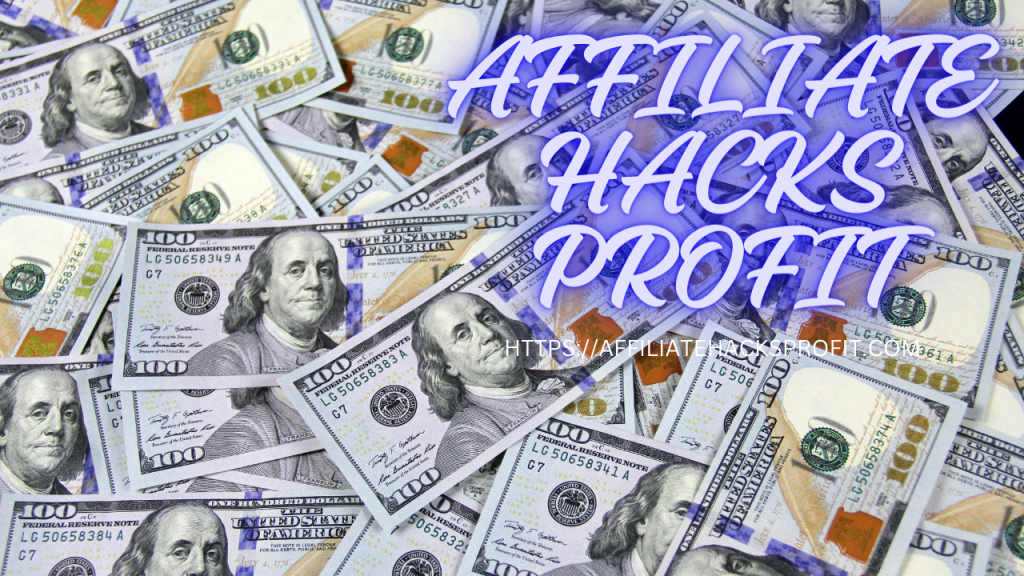
Conclusion
And there you have it — a crash course in how data science is the secret sauce behind smarter, more effective marketing. Whether you’re segmenting customers like a pro, predicting their next move, or serving up personalized recommendations that make them feel like VIPs, data science takes the guesswork out of your marketing strategy. It’s like having a team of super-smart data wizards working behind the scenes, helping you make decisions that aren’t just educated guesses but data-driven power moves.
Steve is Making $20K+ monthly – Discover the EXACT SAME Secrets to Make $5,000-$10,000 Monthly >>>
The best part? These data science strategies don’t require a PhD to implement (though it might make you feel like you have one). With the right tools and a little know-how, any marketer can start using customer insights to create campaigns that actually convert. So, whether you’re diving into A/B testing, sentiment analysis, or just looking to refine your targeting, remember — with data science on your side, your marketing game just leveled up. Now go forth and conquer the digital world, one data point at a time!
Thank you for reading my article “Top 5 Ways To Use Data Science In Marketing (Complete Guide)” till the end. See you in another.





